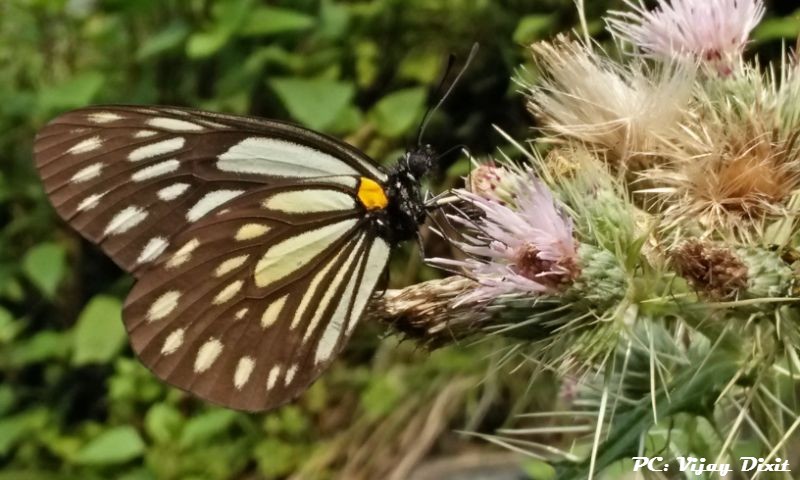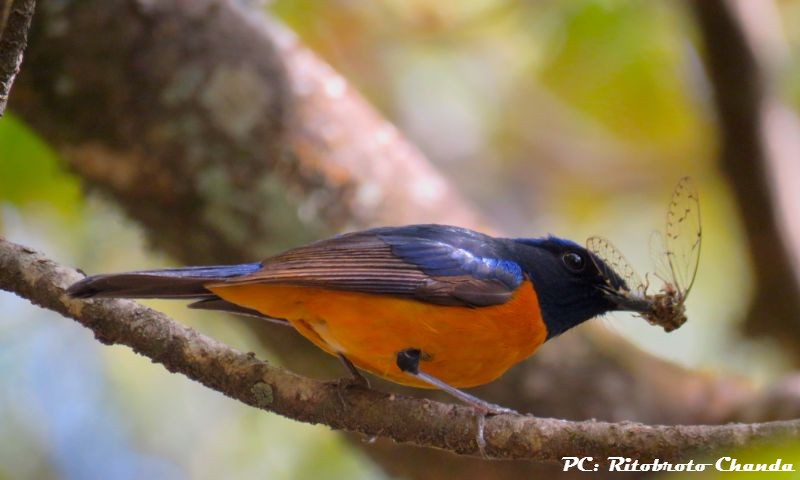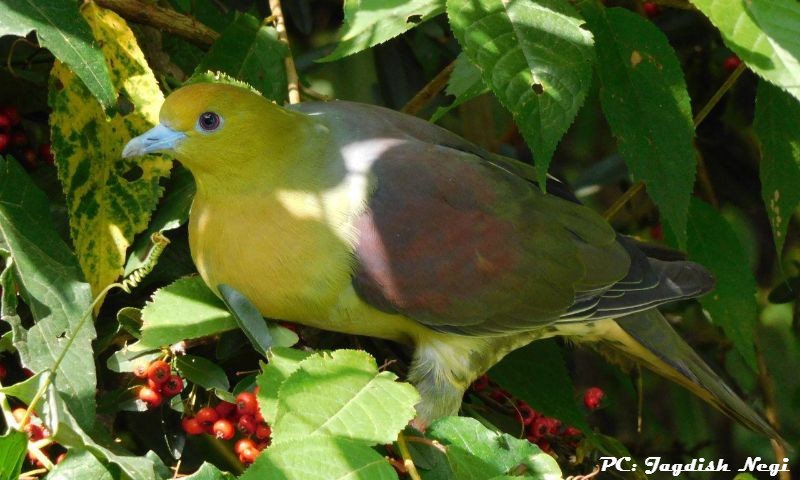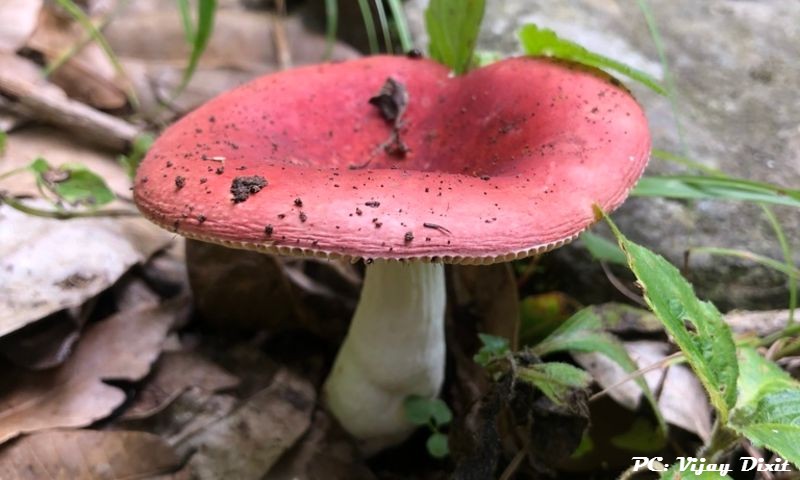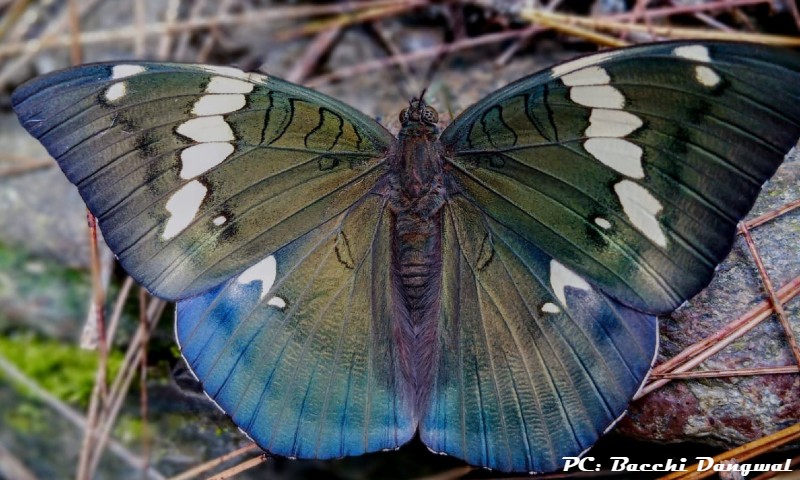The mosaic of well-protected oak forests, pine stands, fallows and horticulture in this region harbours an incredibly rich fauna in Mukteshwar including birds, butterflies, reptiles and mammals. It is easy to spot a variety of animals at close quarters as the animals are used to human presence and use resources over an extended area including natural forests and human-modified habitats.
A large number of mammals can be easily spotted in Mukteshwar land scape including the barking deer or muntjac, Himalayan langur, rhesus macaque and sambar deer. Leopards often prowl the roads by night and the Himalayan black bear is said to visit during winter to feast on oak acorns in the forest.
Small mammals like the leopard cat, Himalayan masked palm civet, yellow-throated marten and Himalayan weasel are spotted in the fields and forest. Reptiles including the Himalayan skink and Kashmir rock agama are easily seen in this region, while the Himalayan pit viper, the king cobra and the St. John’s keelback are rarer.
More than 200 species of birds have already been recorded in this area, testifying to Mukteshwar’ sreputation as a paradise for bird watchers. The valleys north and south of the town lie on a passage route for cross-continental and altitudinal migrants while hosting a range of resident and wintering species. It is easy to spot hardwood forest specialists such as brown wood owl, European jay, white-throated laughing thrush, grey-headed wood pecker, rufous-bellied wood pecker, black-faced warbler, spotted forktail, rufous-bellied niltava, maroon oriole, black eagle and koklass pheasant, many of which are year-round residents. Other forest birds found here year-round include the blue whistling thrush, greater yellownape and the red-billed blue magpie.
Summer visitors (which breed) include the Indian cuckoo, Himalayan cuckoo, verditer flycatcher, paradise flycatcher and the rufous-bellied niltava. The cliffs along the high Mukteshwar ridge, offer good views of Himalayan griffon vulture, peregrine falcon, oriental honey-buzzard, mountain hawk-eagle, steppe eagle and Himalayan buzzard. Winter migrants from higher altitudes include white-collared blackbird, rufous-breasted accentor and dark-breasted rosefinch, easily seen in the fields and fallow during winter.
Recent surveys by our trainees show rich butterfly diversity as well, indicating high quality forest stands of mixed hardwoods and oak. The prolific use of orchards and home gardensby rare species such as the Himalayan Tiger-Brown, Purple Emperor, Constable and Western Courtier, makes them easy to spot. Butterflies are also easy to photograph at perennial streams in Ramgarh, Dootkanedhar and Sunkiya villages. The largest butterfly of India, the Golden Birdwing, also occurs here along with other swallow tails such as the Common Peacock and the Common Windmill. More than 150 species of butterflies have already been recorded by us.




